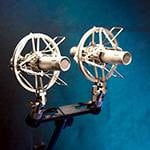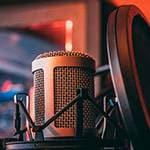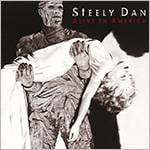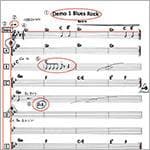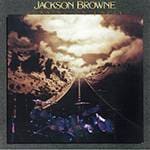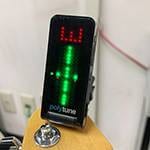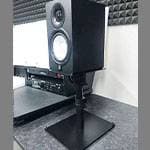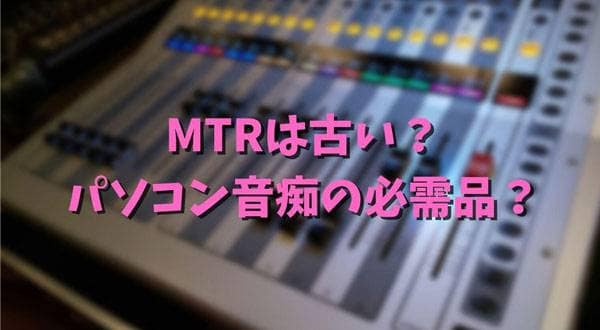
When amateurs record music on their own nowadays, the typical setup involves connecting an audio interface to a computer and using DAW (Digital Audio Workstation) software to work.
Bringing an MTR (Multitrack Recorder) into the studio was the norm nearly 20 years ago—it's been that long.
So, has the MTR become nothing more than outdated gear used only by those who struggle with computers?
At least for the author, the answer is no. Although it's a minority, there are still people who can use computers but choose to use MTRs. That’s because MTRs have their own unique advantages.
■ Benefits of Using an MTR
Many younger generations who didn’t grow up making music during the MTR era may not know what today’s MTRs are actually capable of. Let’s take a look at some features of MTRs that DAWs don’t offer.
○ Less strain on your computer
When you stack multiple tracks and pile on plugin effects, it can place a heavy load on your computer. If your computer has low specs, the software might even freeze up during mixing.
While MTRs aren’t immune to issues, they are far more stable in operation compared to computers.
It’s also ideal for people who prefer not to carry around their computer. While laptops are designed to be portable, they are still precision machines at their core. The most common cause of hard drive failure is shock or vibration. This is especially important to consider when bringing your gear into a studio packed with equipment — you really have to be careful.
That’s not to say MTRs are indestructible, but when a computer breaks, it causes problems beyond just music production. If possible, you'd rather not put that kind of strain on your computer.
○ It Has a Physical Unit
This is the biggest difference between MTRs and DAW software.
DAWs are operated on a screen, but MTRs have a physical body, allowing for precise adjustments using real faders and buttons. Younger generations who have never used an MTR might see these physical controls as unnecessary — but having physical controls makes a huge difference in workflow efficiency.
Even DAW users often crave real faders and buttons, and many connect what’s called a “physical controller” to their computer.
For example, the FaderPort 16, sold by PreSonus (the company behind the DAW Studio One), is a high-end controller priced at around 100,000 yen. It's that useful — people are willing to pay that much to gain physical control over their digital workspace.
PRESONUS / FaderPort 16 – Physical Controller
Presonus FaderPort Series (There are models with fewer faders as well.)
○ Can Be Used as a Mixer
While this is outside its original intended use, an MTR with a large number of inputs can also serve as a mixer for small-scale live performances. You can apply reverb to vocals using the built-in effects, and of course, you can tweak the EQ as well.
There are some limitations, such as with monitor sends, but if it's an acoustic live set or a show with only natural drum sound, having 8 input channels is usually sufficient.
○ Recommended MTRs
Although many manufacturers used to sell them, nowadays the choices are mostly limited to Zoom and TASCAM. While that may seem like fewer options, the upside is that all of the currently available models are excellent MTRs that still meet user demands.
ZOOM / R20 Multitrack Recorder
Released in November 2021, this is a brand-new product.
It supports 16-track playback and 8-track simultaneous recording, making it well-suited for recording drums.
It features a 4.3-inch touch screen, allowing for region-based editing, which brings its functionality closer to that of DAW software.
Many MTR users end up transferring their recordings to a DAW for final editing, but with the R20, it's possible to complete high-quality recordings entirely within the unit.
TASCAM / DP-32SD Multitrack Recorder
If you're someone who simply wants as many tracks as possible, this product — capable of 32-track simultaneous playback — is highly recommended. Many people have had to mix down the drums first due to a lack of available tracks, but with 32 tracks, you can handle most band recordings all the way through without needing to bounce tracks just to free up space.
Despite offering 32 tracks, it's surprisingly affordable at around 40,000 yen, and it also comes equipped with essential editing functions and effects.
TASCAM / Model 24 Recording Mixer
Compared to other 24-track MTRs, this model is more expensive, but rightfully so — it comes equipped with so many features that it would be a waste to use it solely as an MTR.
Rather than being just an MTR, it shines more as a mixer and audio interface, with especially high praise for the quality of its built-in preamps. This product is highly recommended for those who bring their own mixer to events and performances.
ZOOM / R16 Multi-Track Recorder
Released in 2009, this product is now over 10 years old.
In the world of music gear, a piece of equipment that old is often considered outdated or even junk. However, when it comes to recommended MTRs, this is still a legendary device that can't be ignored.
Its biggest selling point is that, despite costing less than 25,000 yen, it offers 8-track simultaneous recording. And that's not all — you can also use it as an audio interface to record directly into your computer, or even as a physical controller.
Many users take advantage of its flexibility by using it as a standalone MTR for rough demos, and then connecting it to a computer when producing high-quality recordings.
■ Summary
Did this article give you a better sense of the appeal of modern MTRs?
Some who previously switched from MTRs to DAWs might even be tempted to get one again.
Especially for those looking to record acoustic drums and considering an audio interface with many inputs — an MTR capable of 8-track simultaneous recording could be a great alternative.
And chances are, you'll find it useful for much more than just drum recording.
The “sound & person” column is made possible by submissions from readers.
Click here for details on how to contribute.





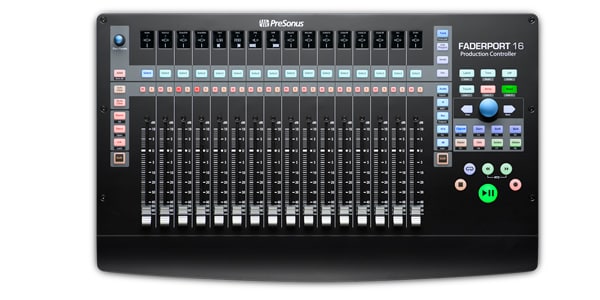

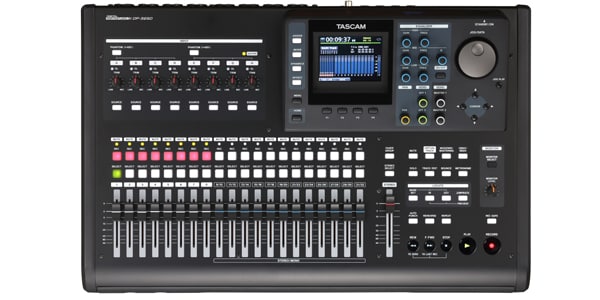
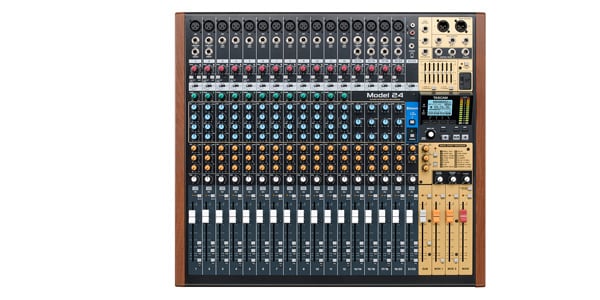
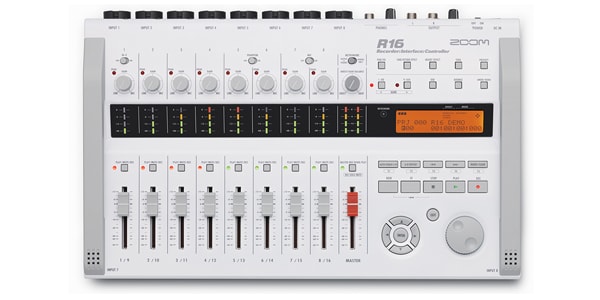






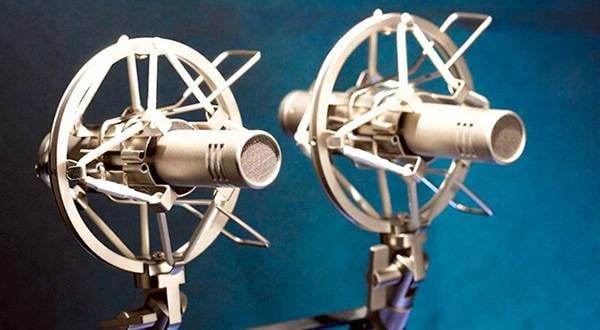
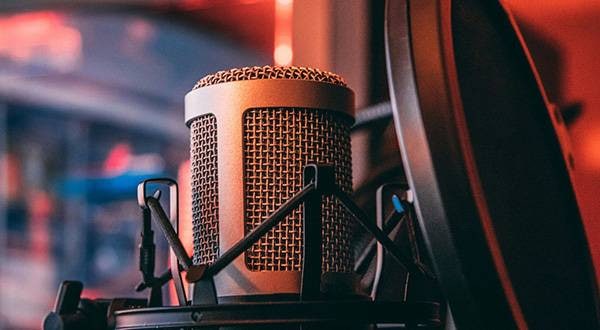
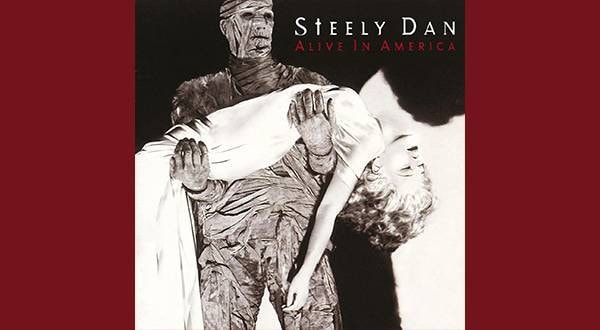
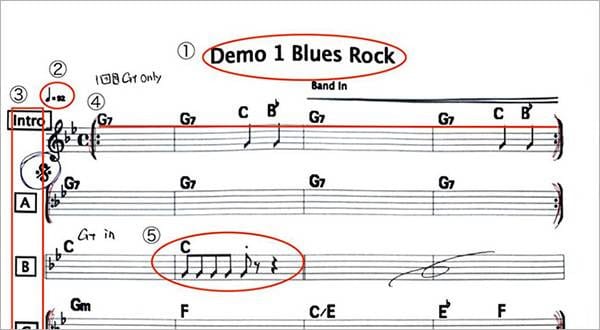
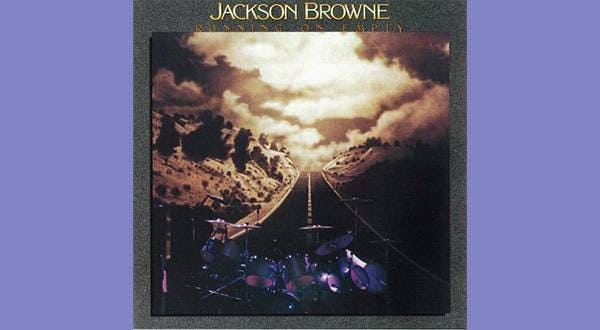
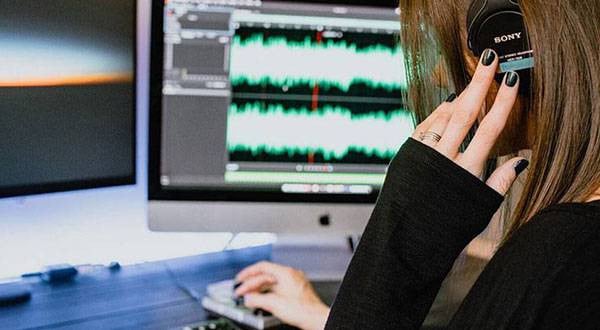
![Tips on Utilizing the Sound House Webpage! Vol. 1 [Computer Music/Streaming Equipment]](/contents/uploads/thumbs/2/2021/10/20211007_2_14450_1.jpg)
![Top 5 Best-Selling Audio Interface Ranking! [2021]](/contents/uploads/thumbs/2/2021/10/20211001_2_14408_1.jpg)
![[Thoroughly Tested!!] Apogee / Symphony Desktop - The Ultimate Desktop Interface](/contents/uploads/thumbs/2/2021/9/20210901_2_13921_1.jpg)

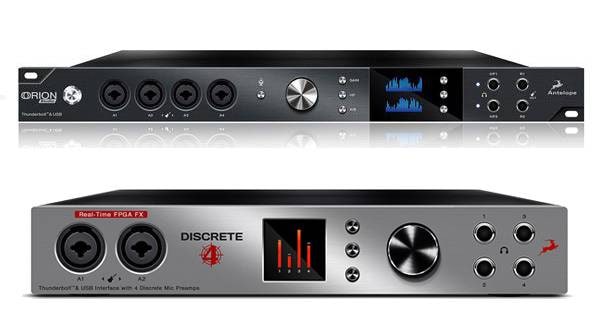
 ZOOMマルチトラックレコーダー Rシリーズ比較表
ZOOMマルチトラックレコーダー Rシリーズ比較表
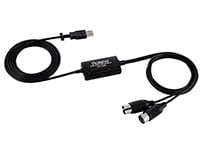 USB接続MIDIインターフェイス
USB接続MIDIインターフェイス
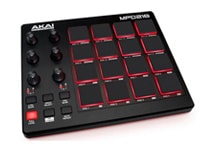 ドラム音源に最適なMIDIパッド・コントローラー
ドラム音源に最適なMIDIパッド・コントローラー
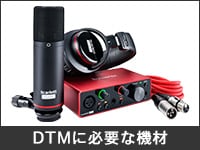 DTMに必要な機材
DTMに必要な機材
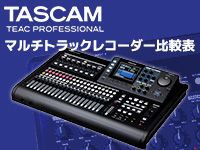 TASCAMマルチトラックレコーダー 比較表
TASCAMマルチトラックレコーダー 比較表
 DTM・DAW購入ガイド
DTM・DAW購入ガイド
